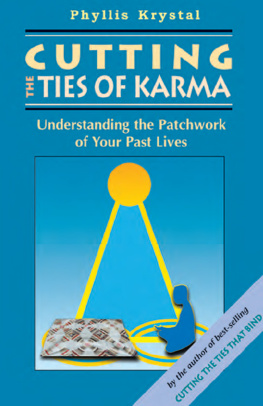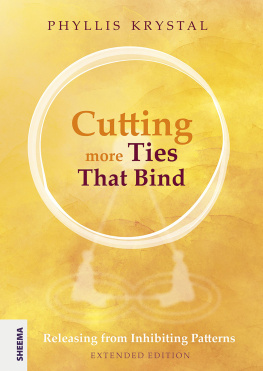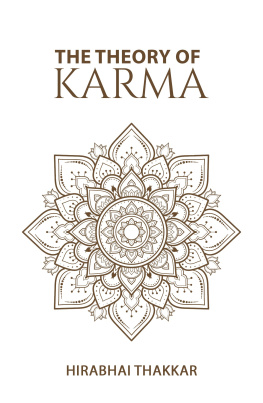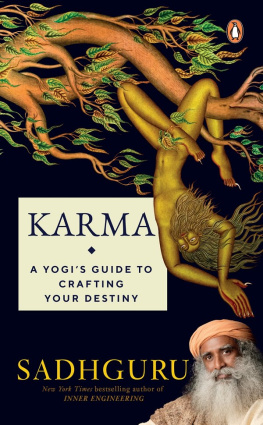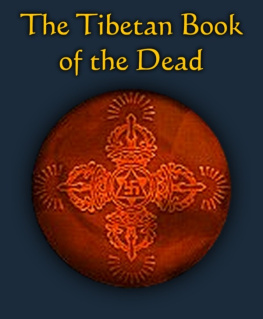ACKNOWLEDGMENTS
First, I would like to thank the Hi C within everyone with whom I have worked for the helpful contributions to this work. I am grateful to Peggy Lenney for the help she has given me to bring this book to light. And, most of all, my heartfelt thanks to Sathya Sai Baba for his continued encouragement and support of my work.
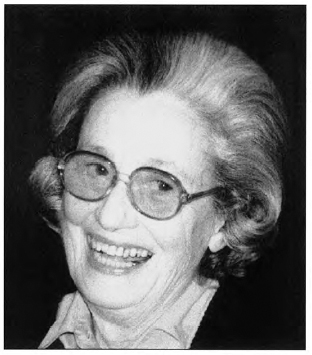
Phyllis Krystal, born in England, is a practicing psychotherapist who has developed a unique approach to therapy using symbols and visualization techniques to help clients detach from external authority, figures and patterns. She teaches people to rely on their own Higher Consciousness as guide and teacher. Phyllis lectures in the United States, Europe, Australia, New Zealand, and Tazmania. She is also a devotee of Satya Sai Baba, the world-renowned avatar living in India, whose teachings and personal influence offer her inspiration in her own work. Phyllis has written several best-selling books, including Cutting the Ties That Bind, Cutting More Ties That Bind, Reconnecting the Love Energy, Sai Baba: The Ultimate Experience, and Taming Our Monkey Mindall published by Weiser.
CHAPTER 1

WHAT IS A PATCHWORK QUILT?
W HEN THE OUTLINE FOR this book first came to my mind it was a real surprise. The insight I received was that we are all born into each new life wearing a patchwork quilt that is composed of many different pieces, all brought over from past lives. I was intrigued with this idea, yet I questioned its validity. Only after much pondering on my part was I able to understand its significance.
Patchwork, according to Webster's dictionary, is anything formed of irregular, incongruous, odd or miscellaneous parts, such as a quilt made of odd patches of cloth sewn together at the edge. This definition took me back to childhood memories of growing up in England around the beginning of the 20th century. I remember hearing about groups of women who met regularly for quilting bees. These gatherings usually took place during the daytime while children were in school. They served as a social function, for the women could chat, exchange recipes, enjoy tea and pastries, and above all, relax from the daily role of wife and mother.
Originally, quilts were fashioned from small scraps of material salvaged from old clothing. The material used for the patches had, at some previous time, been part of some article of clothing. But over the years the cloth disintegrates with wear and cleaning, and is obviously worn out. The wear and tear is usually more pronounced in some areas of a piece of clothing than in other parts. Only those parts that are still usable are salvaged when the garment can no longer be worn. These still good parts are combined with other pieces to make a quilt that can be used to cover a bed and keep someone warm at night.
In the past people didn't have as much clothing as we have today, and it was the custom to find new uses for clothes that were no longer wearable. People were far more conscious of waste than is now the case. In many families, clothes had already been patched and darned to extend their life, or they were cut down to a smaller size to fit younger family members. When I attended school in England, girls were required to take classes to learn sewing, knitting, and dressmaking. In addition, we learned how to patch and darn to prolong the life of clothing showing signs of wear. This practice was taken for granted, and no one looked down on anyone wearing mended clothes. In fact, mothers were applauded for being frugal.
Nowadays there is such a proliferation of merchandise available that people are tempted to buy whatever they see displayed in stores, or advertised in the media, particularly on television and the Internet, whether they need new clothes or not. Obsolescence is accepted because it allows people to indulge in shopping for something new and different without considering whether they really need it, or even if they can afford it. People are also seduced into discarding the old and investing in ever-new clothes in order to keep up with the Jones's, who are busy doing the same thing themselves, either to impress others or to gain a false sense of security by wearing only the very latest fashions.
So our patchwork quilt originated from a frugal practice. When the old garment was ready to be discarded, the good pieces of cloth were cut into small pieces and saved until there was enough to fit and sew together to make a quilt. The work involved fitting all the pieces together and making an attractive pattern. It was both time-consuming and tedious when undertaken alone, so the quilting bee came into being. An added advantage to the social function was that some of the women could exchange cloth, which provided more variety for each of their quilts.
Only the pieces of cloth that still had some life left in them were used for the quilt. And, symbolically, we can imagine that each human being wears a patchwork quilt composed of many small irregularly shaped parts, each one salvaged from the many worn-out garments representing various personalities from past lives. Each small piece (or personality part) has been brought over from the past as a remnant that still has some life in it. But each piece is now being used differently, as it is only a small part of a new quilt, rather than being a whole article.
In dreams, clothes often represent attitudes or behavior, so we could think of our individual patchwork quilt as a coat of many colors, just like the one Joseph had in the biblical story, much to his brothers distaste and envy. Our patchwork quilts are the sum total of many attitudes and behaviors we bring with us from the past.
Some of the coats we wear are attractive and cause others to be envious, while others are so tattered and torn that their wearer is despised and dismissed as being worthless. But we have been taught in this reverie work that neither the outer garment nor the body is the true identity. Whether or not it appears to be ugly or beautiful, it merely represents the package or container, the house or temple containing the Real Self.
To take this idea further: in order to produce cloth the material is woven on some kind of a loom. According to the encyclopedia, weaving is the art of forming fabric by interlacing at right angles two sets of yarn or other material. The loom is a frame, usually made of wood on which the warp threads are firmly secured. A shuttle carries the woof and is used to pass the thread in and out of the warp to form the fabric.
So each patch is composed of two sets of threads woven at right angles to one another to form the cloth. The warp can be likened to all the past tendencies, actions, habits, and reactions that still contain energy or life. The woof would be all the conditions, family, friends, and experiences that are magnetically drawn to each of us. They can enable us in the present life to work out whatever is needed to expend the energy that still remains in each patch from the past. When the woof is removed, the warp falls away. When the task is accomplished, the patch can be discarded. When the lesson is learned, the situation that was necessary to teach it is removed.
We all tend to follow old patterns. We often continue to fear the worst and thus attract to us the gloom and doom we expect. In this way, once such a habit is established, a vicious circle continues to operate. This book is about discovering the habits that we can change, and we can use the exercises mentioned in the text to help us remove habits we want to replace.
CHAPTER 10

Next page
